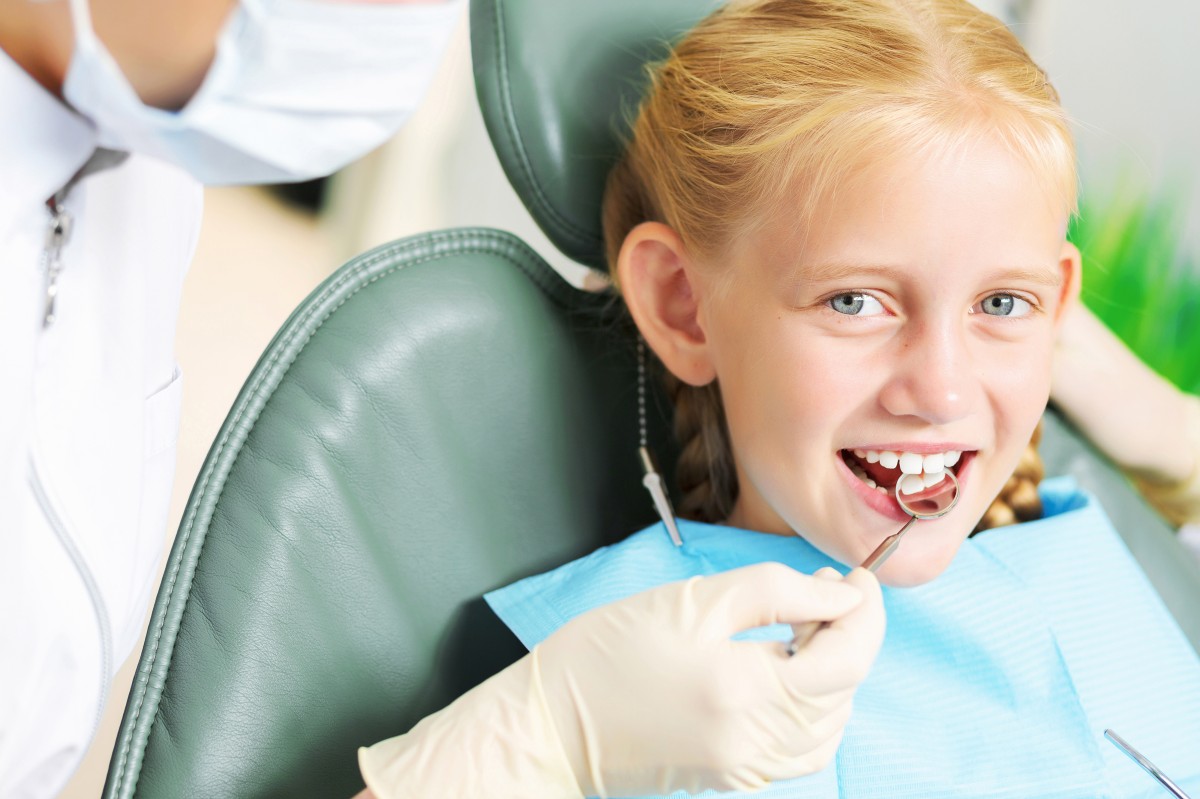
If you are considering braces or Invisalign to straighten your teeth, or your kid’s teeth, you may have lots of questions. Which is more effective? Which is more affordable? Ultimately, you want to choose the treatment that will do the job, even if it’s slightly more expensive. In the long run, you don’t want to have to fix your teeth again! So, are braces or Invisalign the better choice for you or your kid? Gerety Orthodontic Seminars provides our students with the most current information and statistics comparing both techniques. While both braces and Invisalign can help straighten teeth, they each have pros and cons. We train our doctors to know the cases that are best suited for Invisalign and encourage them to be certified with Invisalign or Clear Correct. Having the capability to provide either orthodontic technique removes any preconceived bias from the recommended treatment options. For those patients seeking clear aligners for their orthodontic treatment, we present them with all the information and allow them to make the decision.
Both braces and Invisalign were designed to straighten teeth while improving your smile and oral health. Clear aligner orthodontic treatment first began using Invisalign in 2000, so this treatment does not yet have the same history as braces. Also, long term retention and stability has not been proven.
Traditional Braces consist of metal or ceramic brackets that are bonded to your teeth and tied together by wires and tiny rubber bands. The esthetic brackets, made of porcelain, plastic, ceramic, synthetic sapphire, etc. are available to more closely match your enamel color, making them more discrete. Or they are also available in gold or you can get them in bold colors to make an even more dramatic fashion statement with your mouth!
Invisalign, on the other hand, is designed to be invisible. Aligner trays made of smooth, comfortable, BPA-free clear plastic are worn over your teeth to subtly and gently move your teeth. Your doctor will use X-rays, pictures, and impressions to create a precise 3-D image of your teeth and to configure your aligner trays accordingly.
Take a look at the detailed braces and Invisalign comparisons that Gerety Orthodontic Seminars thinks you should consider before making a decision. Traditional braces are fixed appliances and clear aligner orthodontic treatment is a removable technique. Braces are typically metal and silver colored; you can pay more for colored or enamel colored brackets. Aligner therapy is clear and for the most part invisible.
The average treatment time for traditional orthodontics is two years and the average treatment time for orthodontic aligners is 12-18 months depending on the patient’s needs. The cost for comprehensive orthodontic treatment ranges from $2500-$6000 and aligner treatment costs around $6000.
At Gerety Orthodontic Seminars, we believe that the less we have to depend on patient compliance, the better our treatment results. With traditional orthodontics, patient compliance is limited to about 20%. Patients are often asked to wear elastics during treatment but it is normally a short term requirement. Most all of the correction of the malocclusion is done mechanically using wires and orthodontic forces to move the teeth. Using clear aligner orthodontic therapy, it is 100% patient compliance because unless they wear the appliance as instructed, teeth do not move.
If in the initial stages of diagnosing and treatment planning for the orthodontic patient, it is determined that comprehensive treatment will be required to correct the malocclusion, we always encourage traditional braces. Our experience has validated that when there is a skeletal and/or dental classification that needs to be changed, traditional orthodontic treatment is more successful and stable.
The Invisalign appliance is most successful for treating mildly mal-aligned malocclusions, 1 to 5 mm of crowding or spacing, deep overbite problems when the overbite can be reduced by intrusion or advancement of incisors, non-skeletally constricted arches that can be expanded with limited tipping of the teeth and mild relapse after fixed-appliance therapy.
Conditions that can be difficult to treat with an Invisalign appliance or are contra-indicated altogether include: crowding and spacing over 5 mm, skeletal anterior-posterior discrepancies of more than 2 mm, centric-relation and centric-occlusion discrepancies, severely rotated teeth, open bites (anterior and posterior) that need to be closed, extrusion of teeth, severely tipped teeth (more than 45 degrees), teeth with short clinical crowns, and arches with multiple missing teeth.
The most important component of this article is to realize the importance of the correct diagnosis of the patients’ needs and the knowledge and confidence to guide them to the correct decision. Learning those diagnostic skills is what we do best at Gerety Orthodontic Seminars. Our criteria for case selection coupled with our lifetime support will make your career delivering orthodontic treatment successful.
